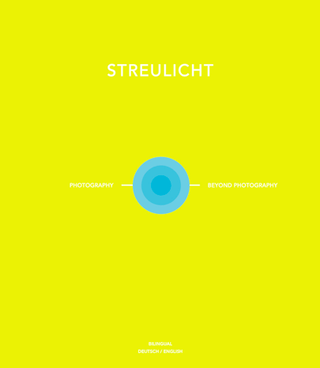
Streulicht #2: Order / Disorder
availability unknown, if interested please write an email
The photographic impulse to put the world in a frame – the view through the viewfinder – makes photography the per se medium of order, of sequence, and of the fragmentation of our environment.
Photography highlights and creates taxonomic orders, it becomes a document – it simultaneously marks the border where recording, repetition, and preservation of the past collide with its singularity. At what point does photography replace what it depicts and itself become a depiction? How does it form and dissolve spaces of knowledge (archives, collections, maps, etc.)?
The artistic and theoretical positions chosen for the second edition of Streulicht – Magazine for Photography and Related Matters, which deals with the formation of discursive systems through the medium of photography, employ "other kinds of ordering"(1). As formulated by Hal Foster, these practices are comprised of processes of post- and pre- production(2), these include, however, not only the appropriation and post-processing of the extant, but also initiate an active formation and production of individual archives, systems, and orders.
The principle of consignation(3), attribution and registration within a system, always refers to a space of reproducibility – the archive. Yet a large number of images, their movements and spaces, form systems in which they are reflected in their uniqueness – like that of the photographic moment. Michael Foucault describes this "practice that allows for a myriad of statements, and just as many events, and just as many things committed to processing and manipulation to surface,"(4) as the basis of his definition of the archive. If we regard the temporality of photography – the paradox of reproducibility, singular momentariness and indexicality – then the latter, photography as a medium of archiving per se is downright "laid to rest." To constitutively describe this trace of the past, to reformulate stor(ies)y through artistic analysis and refrain from depositing them in sediments and hierarchies, leads to ever-new connections that can most suitably be compared to those of a Rhizome. These "multiple entryways" through which rhizomatic thought characterizes itself, and the application of that theme to order and disorder, are the impetus for this edition of Streulicht – Magazine for Photography and Related Matters. (Amelie Zadeh)
Sprache: Deutsch
---
(1) Foster, Hal. "An Archival Impulse". In: October, Vol. 110 (Autumn, 2004): p. 5.
(2) Comp. Bourriaud, Nicolas. How Art Reprograms World.Postproduction: Culture as Screenplay. Jeanine Herman (trans.). New York: Lukas & Sternberg, 2002.
(3) Comp. Derrida, Jacques. Dem Archiv verschrieben. Eine Freudsche Impression. Berlin: Brinkmann & Bose, 1997: p. 13.
(4) Foucault, Michel. Achäologie des Wissens. Frankfurt a. M.: Suhrkamp, 1981: p.188.








